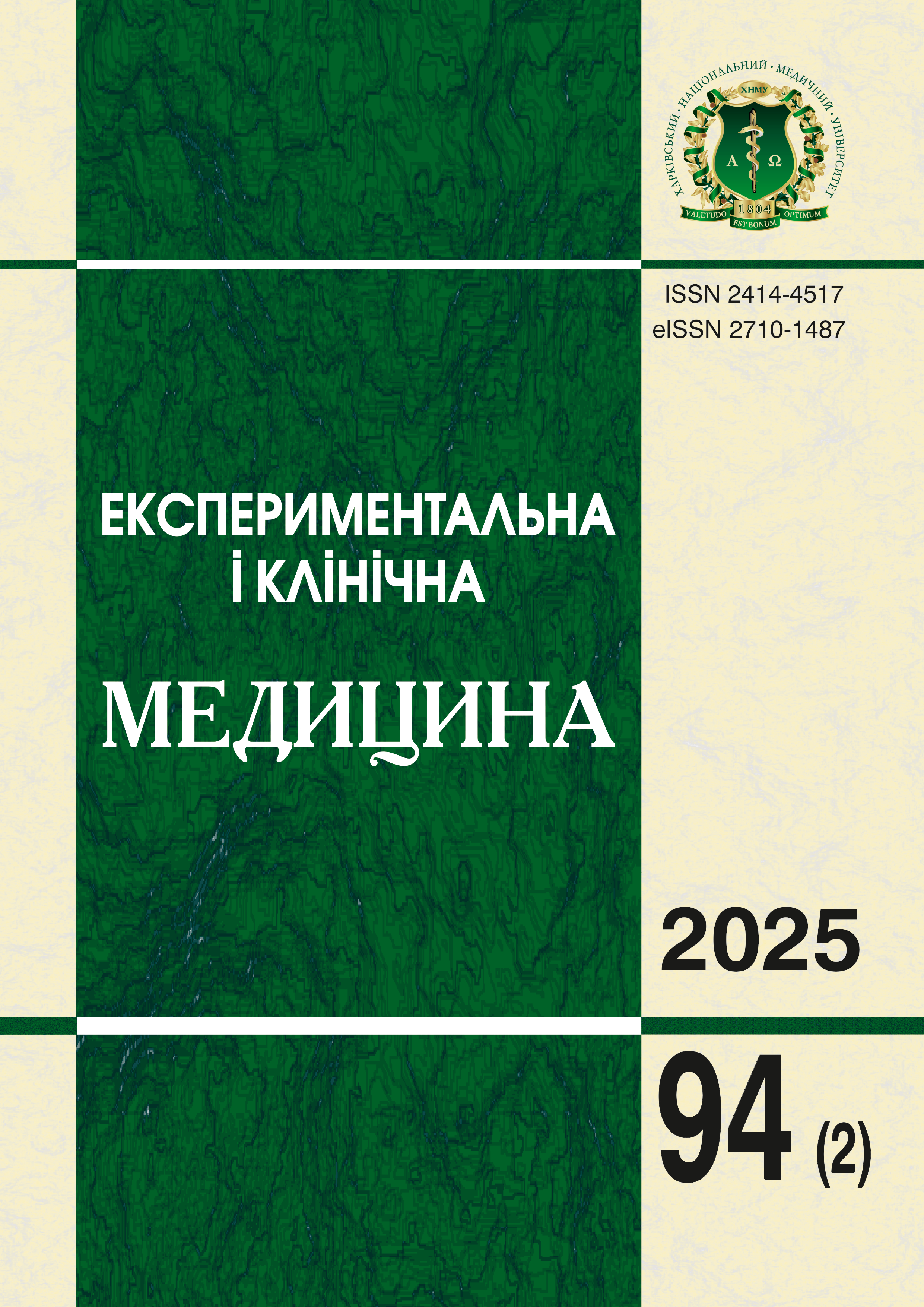Abstract
In press
This study aimed to quantitatively assess postural asymmetry in experienced female pole athletes using a visual screening system and to correlate these findings with previously obtained neuromuscular and strength data from the same cohort, providing an integrated analysis. The study involved 20 female athletes (age 23–40 years, with over 18 months of experience) who underwent postural assessment using the automated APECS (AI Posture Evaluation and Correction System). Key metrics, including the Horizontal Deviation Index (HDI), Frontal Alignment Index (FAI), and various trunk symmetry indices (Posterior Trunk Symmetry Index, POTSI; Asymmetry Trunk Symmetry Index, ATSI; General Trunk Index, GTI), were calculated. These postural data were then analyzed for correlations with prior electromyography and dynamometry measurements using Spearman's correlation. While athletes demonstrated excellent postural control in the horizontal plane, the study identified significant asymmetries in the frontal plane and overall trunk symmetry. These deviations were strongly correlated with specific patterns of muscle imbalance, notably heightened activity in the contralateral m. sternocleidomastoideus and altered activity in the m. latissimus dorsi. This linkage suggests the asymmetries are not arbitrary but represent functional compensatory mechanisms developed in response to the sport's unilateral demands. The observed asymmetries are functional adaptations to the sport's unilateral demands, driven by right-hand dominance. While essential for performance, these adaptations create muscular imbalances that heighten long-term injury risk. Therefore, a comprehensive management strategy is recommended, featuring balanced bilateral training, targeted corrective exercises, and regular postural monitoring to support athlete health and longevity.
Keywords: muscle imbalance, physical rehabilitation, compensatory mechanisms, injury prevention, sports biomechanics.
References
Nicholas JC, McDonald KA, Peeling P, Jackson B, Dimmock JA, Alderson JA, et al. Pole Dancing for Fitness. J Strength Cond Res. 2019;33(10):2704-10. DOI: 10.1519/JSC.0000000000002889. PMID: 30507730.
Pfeiffer JL, Sowitzki SK, Schafer T, Euteneuer F. Effects of pole dance on mental wellbeing and the sexual self-concept — a pilot randomized-controlled trial. BMC Psychol. 2023;11(1). DOI: 10.1186/s40359-023-01322-z. PMID: 37710349.
Naczk M, Kowalewska A, Naczk A. The risk of injuries and physiological benefits of pole dancing. J Sports Med Phys Fitness. 2020;60(6):883-888. doi: 10.23736/S0022-4707.20.10379-7. PMID: 32162500.
Ruscello B, Esposito M, Pantanella L, Partipilo F, Lunetta L, D’Ottavio S. Biomechanics and Physiology in top level Pole Dancers. A case study. J Phys Health Sports Med. 2018:1-15. DOI: 10.36811/jphsm.2019.110001.
Kalata M, Maly T, Hank M, Michalek J, Bujnovsky D, Kunzmann E, et al. Unilateral and Bilateral Strength Asymmetry among Young Elite Athletes of Various Sports. Medicina. 2020;56(12):683. DOI: 10.3390/medicina56120683. PMID: 33321777.
Grabara M. Comparison of posture among adolescent male volleyball players and non-athlete. Biol Sport. 2014;32(1):79-85. DOI: 10.5604/20831862.1127286. PMID: 25729154.
Maloney SJ. The Relationship Between Asymmetry and Athletic Performance. J Strength Cond Res. 2019;33(9):2579-93. DOI: 10.1519/JSC.0000000000002608. PMID: 29742749.
Bussey MD. Does the demand for asymmetric functional lower body postures in lateral sports relate to structural asymmetry of the pelvis? J Sci Med Sport. 2010;13(3):360-4. DOI: 10.1016/j.jsams.2009.02.010. PMID: 19596607.
Paillard T. Asymmetry of Movement and Postural Balance and Underlying Functions in Humans. Symmetry. 2023;15(3):759. DOI: 10.3390/sym15030759.
Maffetone P. The assessment and treatment of muscular imbalance – The Janda Approach. J Bodyw Mov Ther. 2010;14(3):287-8. DOI: 10.1016/j.jbmt.2009.11.003.
Osqueizadeh R, Mohseni Bandpei MA, Rahmani N, Goudarzi HR, Ebadi A. Reliability and Validity of Observational Methods for Postural Load Assessment: An Updated Systematic Review. Health Scope. 2023;12(4):e137573. DOI: 10.5812/healthscope-137573.
Furlanetto TS, Sedrez JA, Candotti CT, Loss JF. Photogrammetry as a tool for the postural evaluation of the spine: A systematic review. World J Orthop. 2016;7(2):136. DOI: 10.5312/wjo.v7.i2.136. PMID: 26925386.
Irfan U, Asif S, Mumtaz M, Jamal S, Khalid F, Fatima K, et al. Prevalence of Poor Body Posture among Physiotherapists Using APECS. J Health Rehabil Res. 2024;4(1):1323-7. DOI: 10.61919/jhrr.v4i1.602.
Zharova I, Antonova H. Asymmetry of muscles in women engaged in pole acrobatics: study results using myography. Experimental and Clinical Medicine. 2024;93(2). DOI: 10.35339/ekm.2024.93.2.zan. [In Ukrainian].
Zharova IO, Antonova HP. Study of strength asymmetry in female pole acrobatics athletes: analysis of Back-check measurement results. Sports Medicine, Physical Therapy and Occupational Therapy. 2025;(1):13-9. DOI: 10.32782/spmed.2025.1.2. [In Ukrainian].
Trovato B, Roggio F, Sortino M, Zanghi M, Petrigna L, Giuffrida R, et al. Postural Evaluation in Young Healthy Adults Through a Digital and Reproducible Method. J Funct Morphol Kinesiol. 2022;7(4):98. DOI: 10.3390/jfmk7040098. PMID: 36412760.
Welling A, Gurudut P, Shirodkar G, Shetye N, Khan S. Validation of non-radiographic APECS software in comparison with standard radiographic measurement of full-length lower limb hip-knee-ankle angle in elderly obese women. Physiother Q. 2023;31(1):90-4. DOI: 10.5114/pq.2023.119865.
Wanke EM, Schreiter J, Groneberg DA, Weisser B. Muscular imbalances and balance capability in dance. J Occup Med Toxicol. 2018;13(1). DOI: 10.1186/s12995-018-0218-5. PMID: 30534189.
Kochman M, Cmela G, Kasperek W, Guzik A, Druzbicki M. Body Posture and Low Back Pain: Differences between Folk and Ballroom Dancers. Healthcare. 2024;12(2):137. DOI: 10.3390/healthcare12020137. PMID: 38255027.
Smith D, Noorbhai H. Prevalence of muscle imbalance and its potential influence on injury among female acrobatic dancers. BMJ Open Sport Exerc Med. 2022;8(2):e001322. DOI: 10.1136/bmjsem-2022-001322. PMID: 35722046.
Pavlovic M, Ogrinc N, Sarabon N. Body asymmetries as risk factors for musculoskeletal injuries in dancesport, hip-hop and ballet dancers? Eur J Transl Myol. 2022. DOI: 10.4081/ejtm.2022.11020.
Ruggieri RM, Costa PB. Contralateral Muscle Imbalances and Physiological Profile of Recreational Aerial Athletes. J Funct Morphol Kinesiol. 2019;4(3):49. DOI: 10.3390/jfmk4030049. PMID: 33467364.
Steen JP, Jaiswal KS, Kumbhare D. Myofascial Pain Syndrome: An Update on Clinical Characteristics, Etiopathogenesis, Diagnosis, and Treatment. Muscle Nerve. 2025;71(5):889-910. DOI: 10.1002/mus.28377. PMID: 40110636.
Grassi GP, Santini T, Lovecchio N, Turci M, Ferrario VF, Sforza C. Spatiotemporal consistency of trajectories in gymnastics: a three-dimensional analysis of flic-flac. Int J Sports Med. 2005;26(2):134-8. DOI: 10.1055/s-2004-817861. PMID: 15726489.

This work is licensed under a Creative Commons Attribution-NonCommercial-ShareAlike 4.0 International License.

